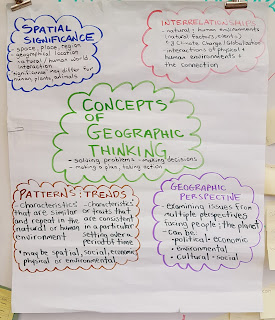Grade 8 students deliver feminine hygiene products to Indigenous women in northern Ontario https://www.cbc.ca/news/canada/toronto/pink-project-care-boxes-park-dale-school-1.4720764
Although the headline is quite catchy, there is a lot to be said about this.
 |
| https://www.cbc.ca/news/canada/toronto/ontatrio-education-report-mental-health-special-1.4720766 |
In my Principal Qualification Part 1 course, which I am still working on completing, you often hear that the Principal is the curriculum leader for the school. Advocacy group People for Education agree with this but have found that Principals are often bogged down with other tasks that take them away from ensuring that the best learning, and fostering a greater sense of wellness, is taking place in the school. The report can be found at this website: https://peopleforeducation.ca/reports/
I have not read the 83-page report and taking my cues from the Canadian Press article (posted on the CBC page) article that highlighted the report. The report is called "the new basics for public education," were summarized in the last section of the article involving the development of "skills in creativity, in citizenship, in social-emotional learning...[which need to be] embedded in curriculum and available for all kids."
















